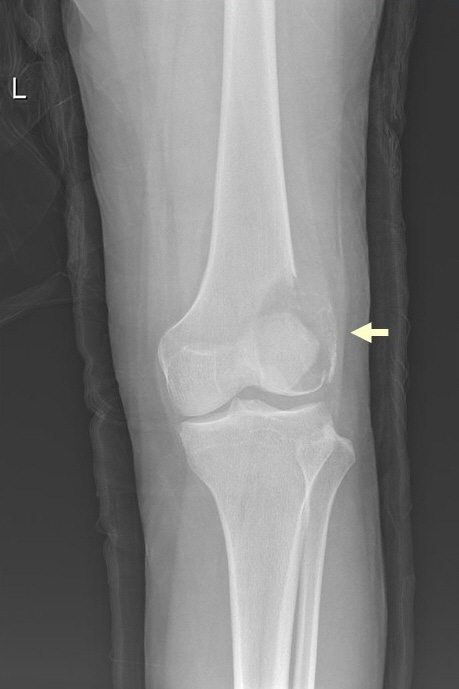A group of researchers has set up criteria to check up the metastasis of giant-cell tumors in bones to the lung, the Seoul National University Hospital (SNUH) said Friday.
Giant-cell tumors are one of the rare diseases that are difficult to treat for its unknown cause of metastasis to the lungs. Professor Han Il-kyu한일규 of the Department of Orthopedic Surgery at SNUH서울대병원 published the results in a recent issue of the Journal of Surgical Oncology, the hospital said.

Giant-cell tumors are borderline tumors that mainly occur in the bones around the joints, and are an extremely rare disease with 1.2 cases per million a year. The number of domestic cases is estimated to be around 100-200 per year with its victims mainly composed of people aged 20-45, who should be most active in social and economic activities.
Giant-cell tumors are not malignant tumors, but about 9 percent of patients have lung metastases, which kills them, the researchers said.
The researchers followed the lung metastasis from 333 patients with giant-cell tumors treated at the hospital between 1996 and 2014. Lung metastasis occurred in 7 percent of patients, with most of the metastases (76 percent) occurring within four years after surgery.
In particular, the recurrence of giant-cell tumors at the surgical site increased the frequency of lung metastasis more than six-fold. Patients with giant-cell tumors should undergo pulmonary metastasis for four years after surgery and three years after reoperation for recurrence.
"Giant-cell tumors are more common in younger groups living in the critical moments of life and require active treatment," Professor Han said. "Because lung metastasis is especially difficult to treat, I hope our criteria will help to improve treatment results."

